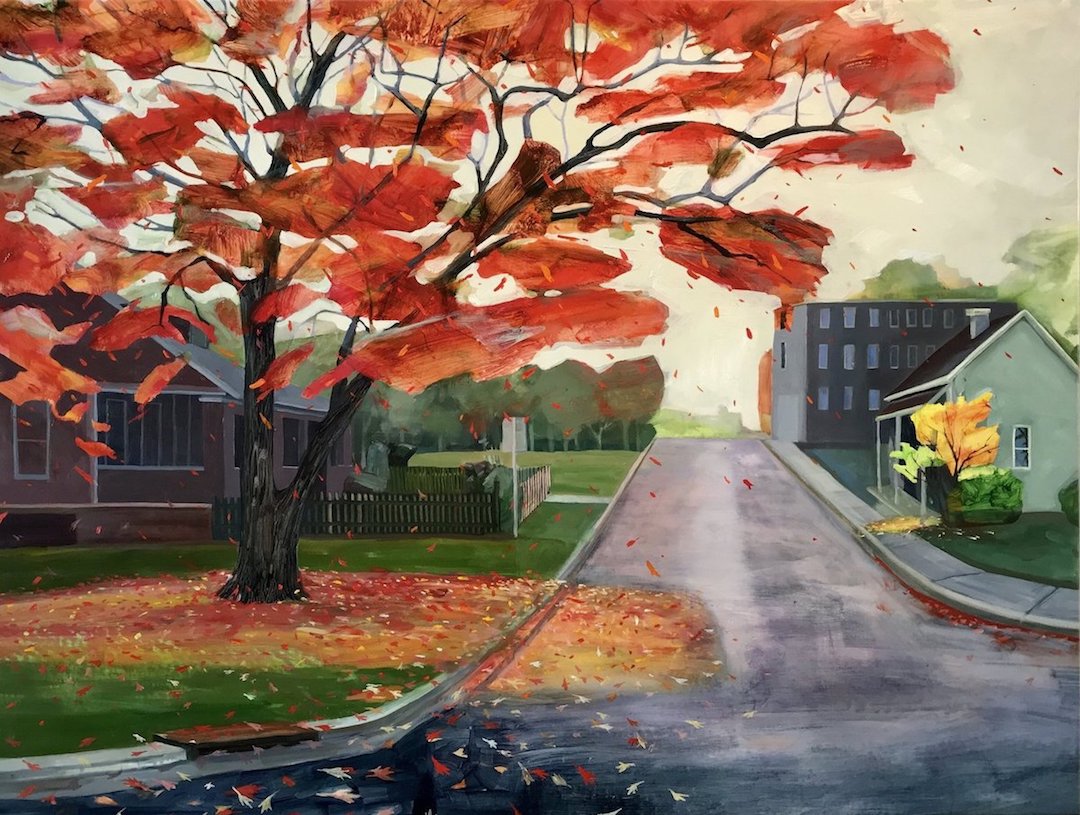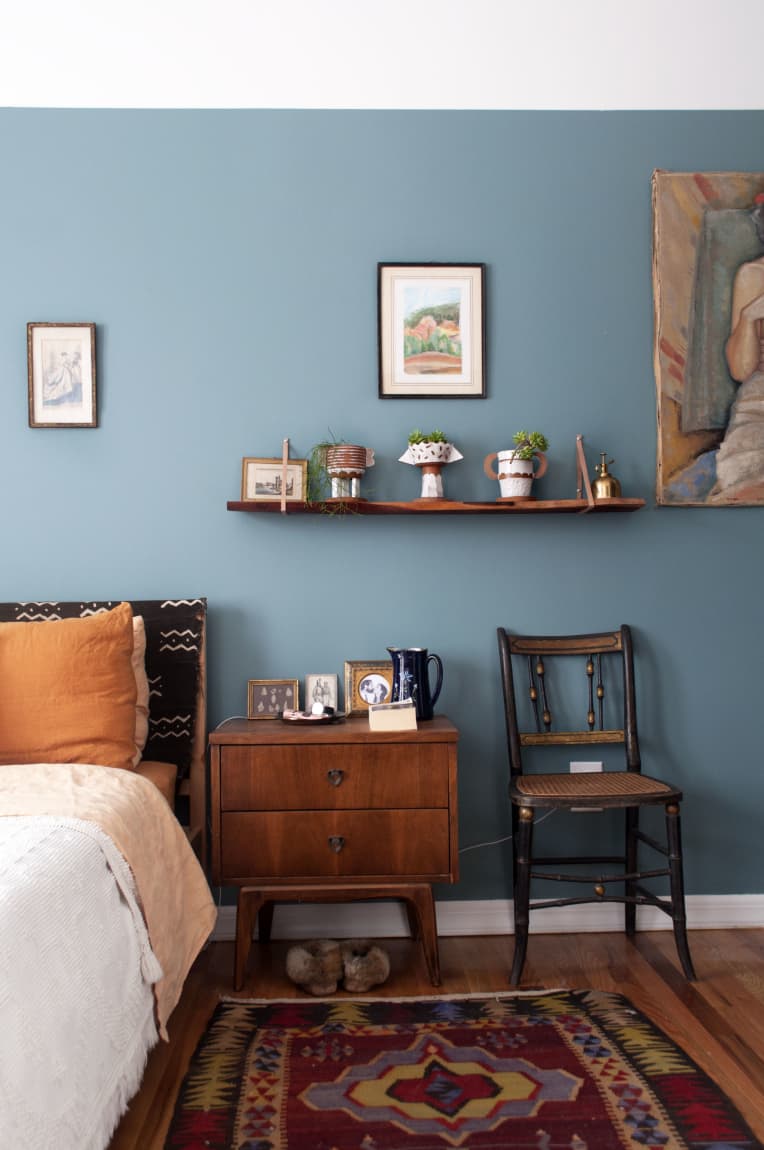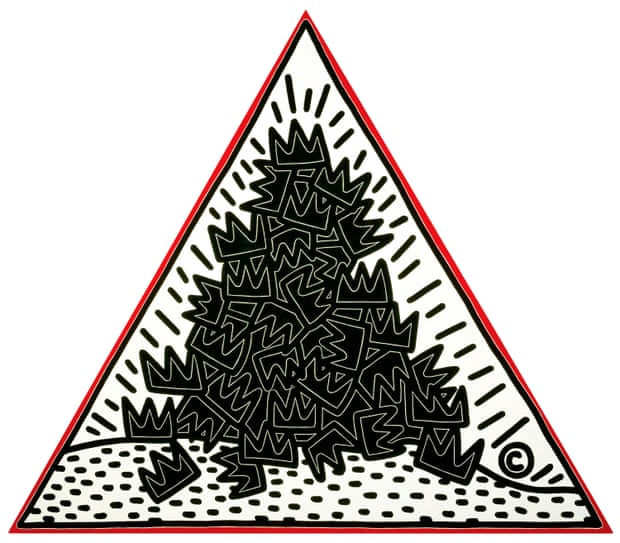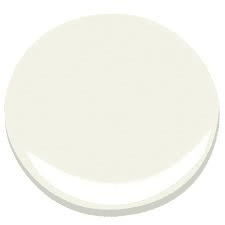
In mid November the Twitter account Canadian Paintings posted the above work by artist Chris Flodberg. At the time I said: “I see some people don’t like this painting but I think it’s fantastic. Just like the Gare St Lazare paintings of Monet are fantastic. They reflect our lives. I even like the palette of this one – it’s a muted palette that goes well with the subject matter. Good composition too.” That tweet led to a good discussion on the work and to aesthetics in general.
I really do think it is a great painting. For one thing, I love the idea of it. The viewer is on the precipice of entering the painting in their car. If you have ever driven on such a road, you can easily imagine going down the hill and merging with the traffic and then heading over the horizon. Flodberg has positioned the viewer so that the go down and to the left, then up and under (a bridge) and then to the right, giving the painting a dynamic feeling.
There’s almost a danger too, with the concrete walls everywhere. Plus the fact you are about to enter a high speed highway. The dynamic and the danger make the painting exciting to me.
It’s interesting to me what he has put in the painting: the office buildings to the right and a jumble of stores to the left. The objects that make up the painting could be anywhere in a big suburb in Canada (or the US). It has a universality in that regard. I thought it was of a part of the 401 near me: turns out it’s near Calgary. (Fun exercise: compare the painting with the images in that link…how does it make you think differently about the painting.)
Flodberg is not the only Canadian to paint a highway. If you do a search like this on Christopher Pratt or this on Jack Bishop, you can easily see that. Canadian landscapes contain many things, including highways: it makes sense good painters want to paint them.
Speaking of Pratt and Bishop, I get why some people don’t like Flodberg’s painting: his colors are dull and dark in comparison. But I think they perfectly capture many a day I’ve driven along stretches of the 401. Some of those days were mundane, and some were magical. They all get stirred up in my imagination when I take time to look at the work above. A great work, I believe.
I don’t think I would have come across this work if it wasn’t for twitter. Nor would have thought about it deeply if it weren’t for the comments people tweeted. Twitter has many flaws, but there are times when it does things no other site does. I am grateful for that
For more on the work of Flodberg, you can check out his site, here: Chris Flodberg – artist


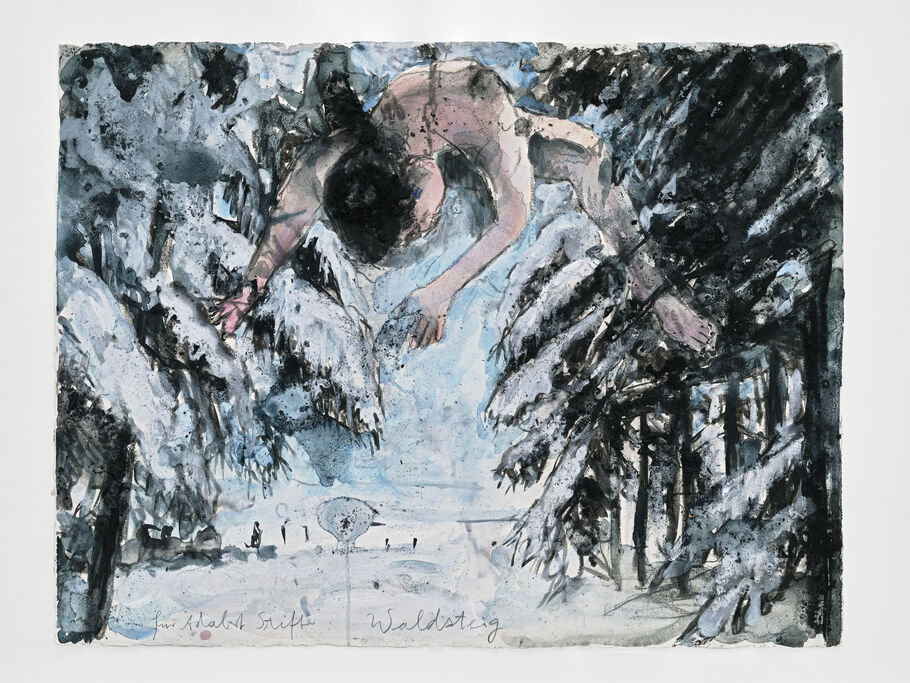














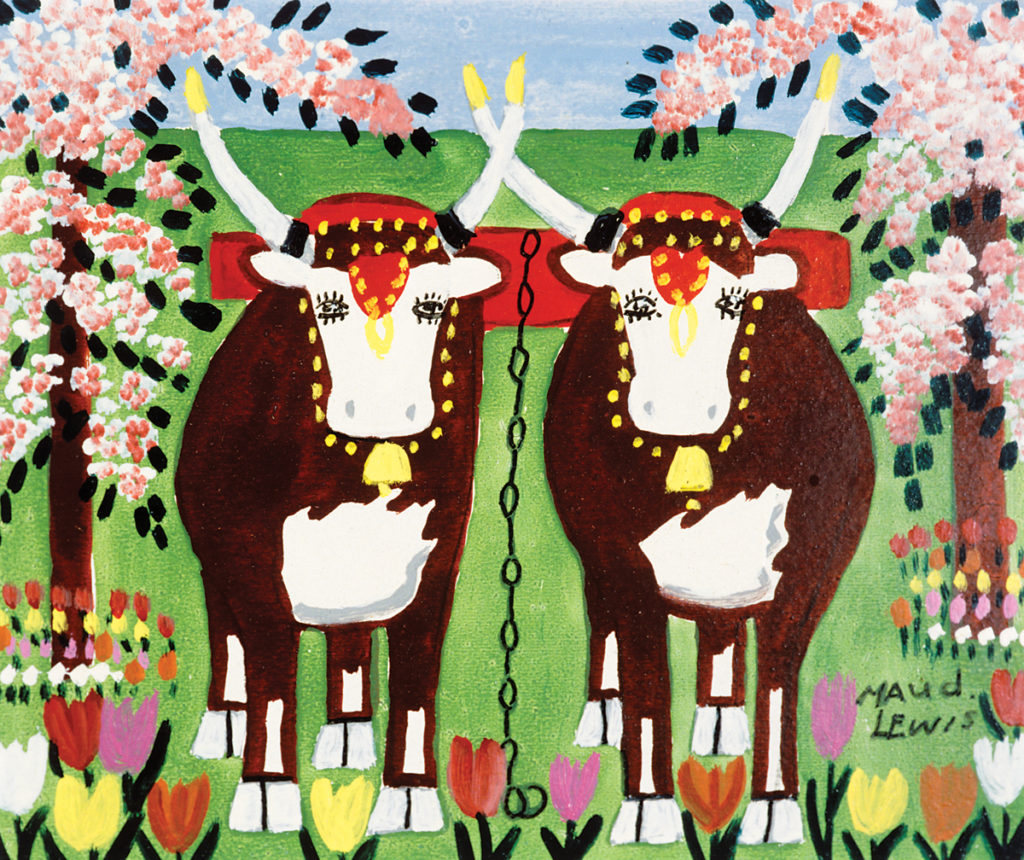
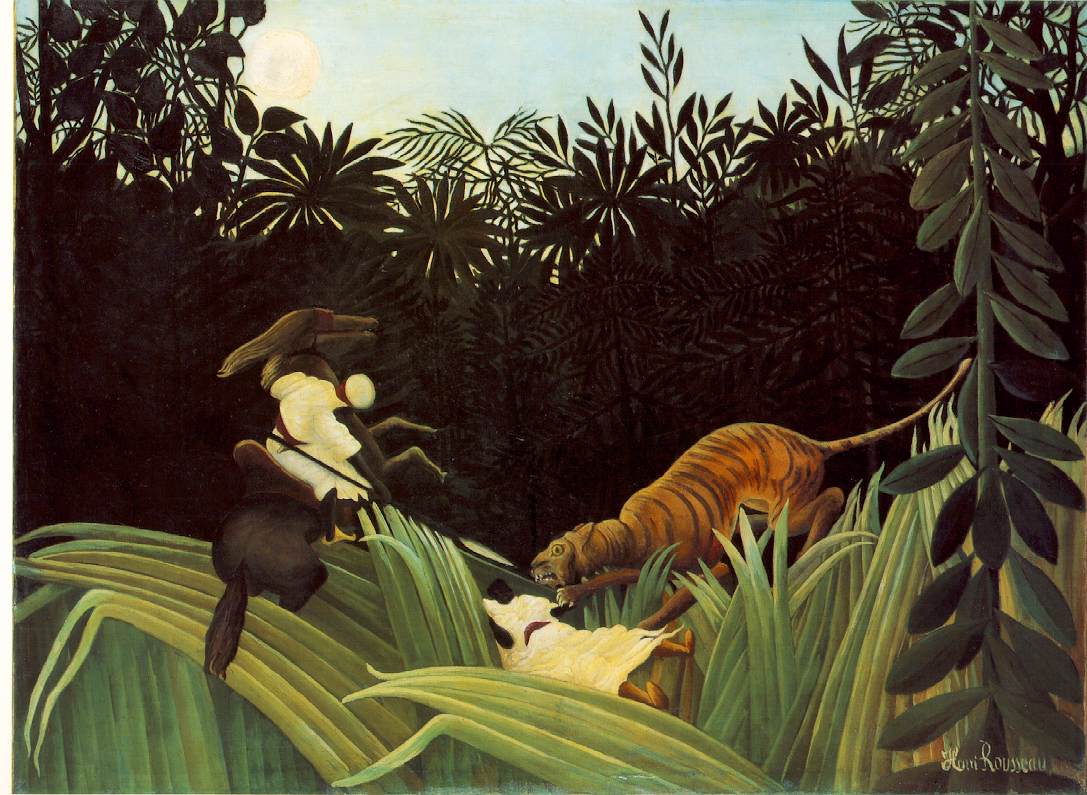
 I’ve posted before on
I’ve posted before on 



